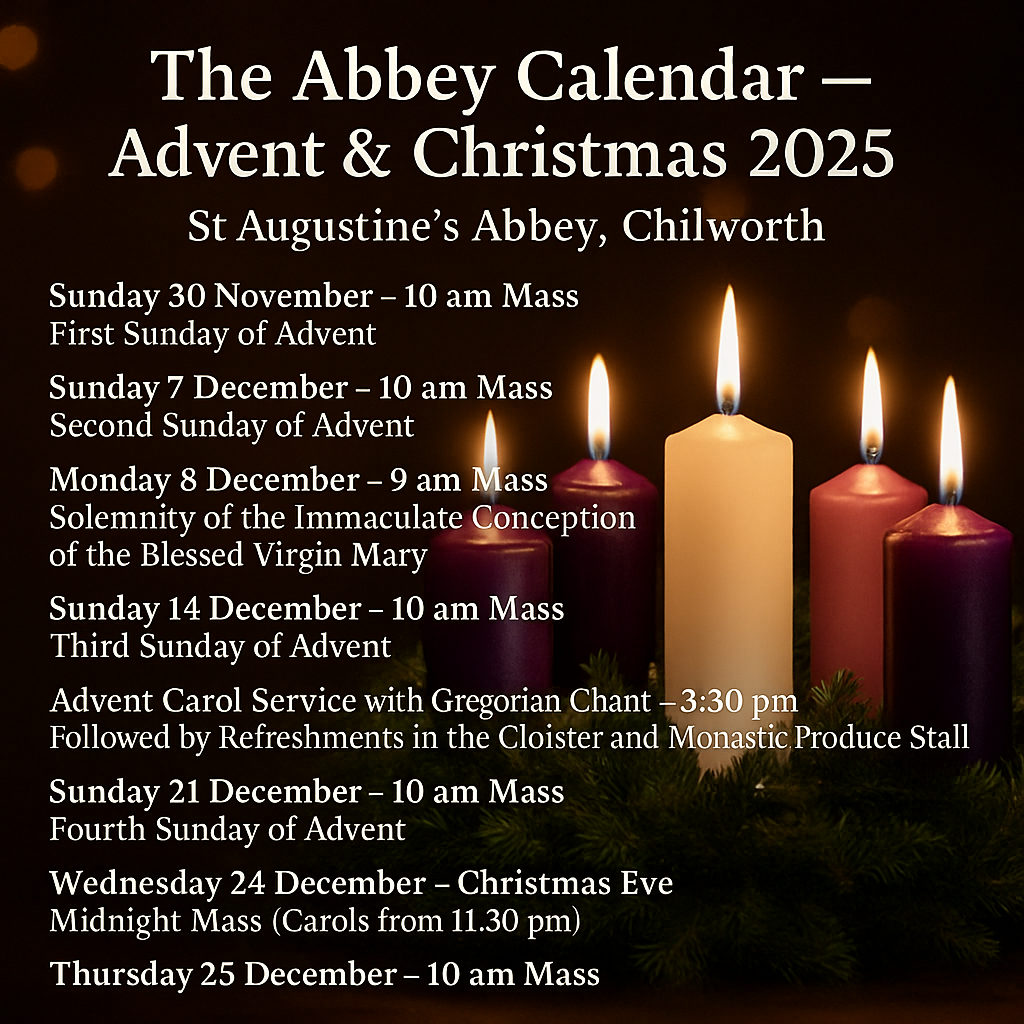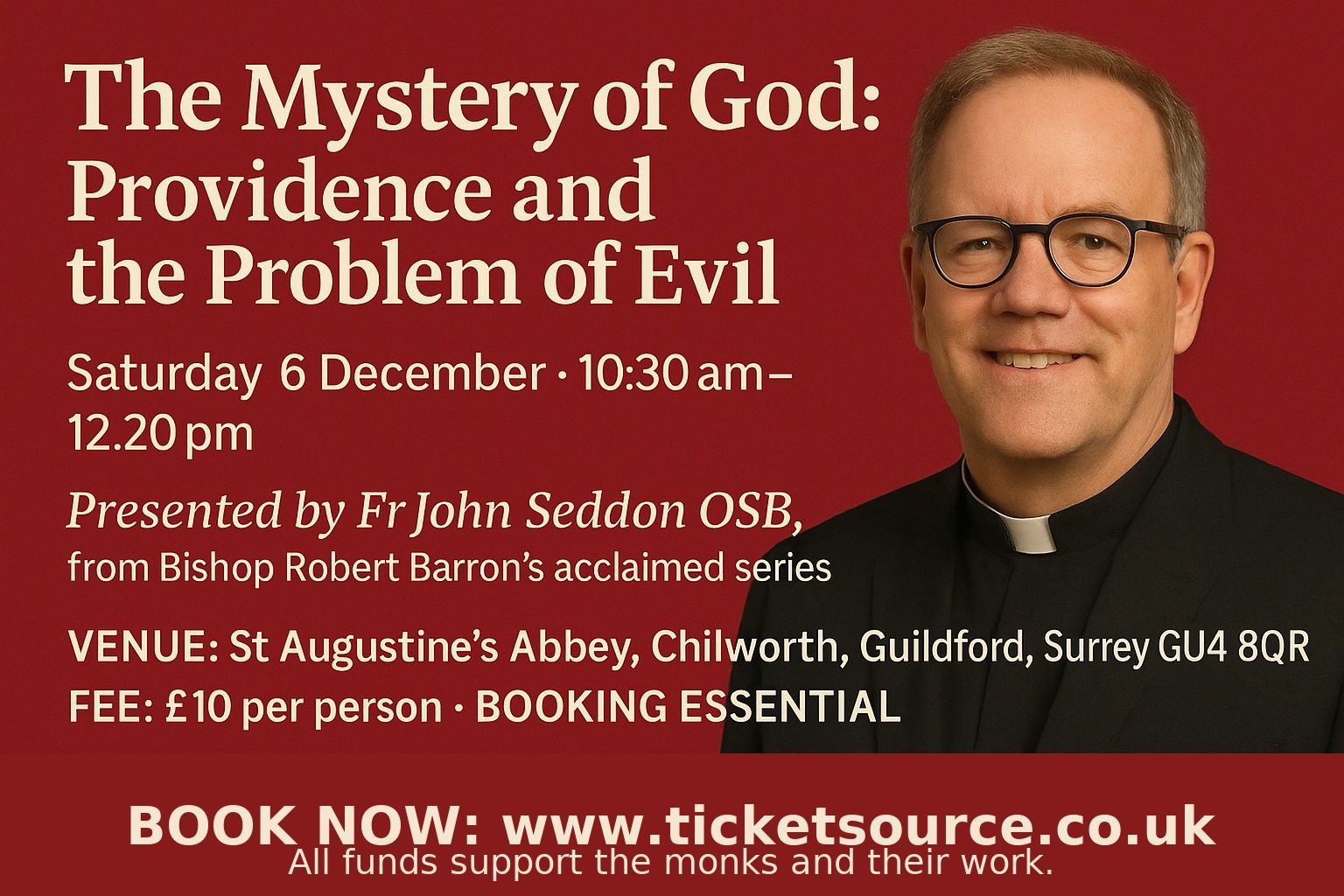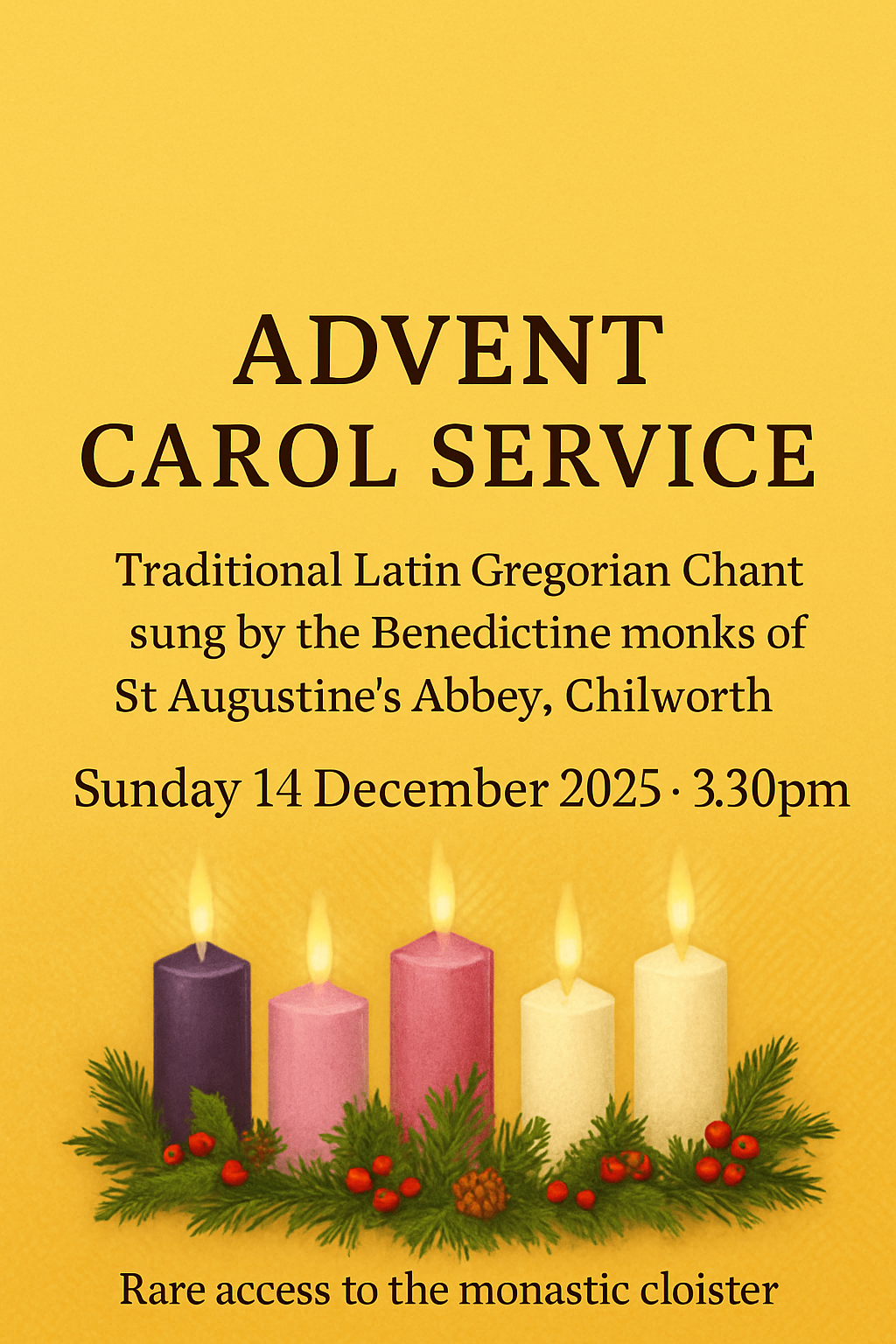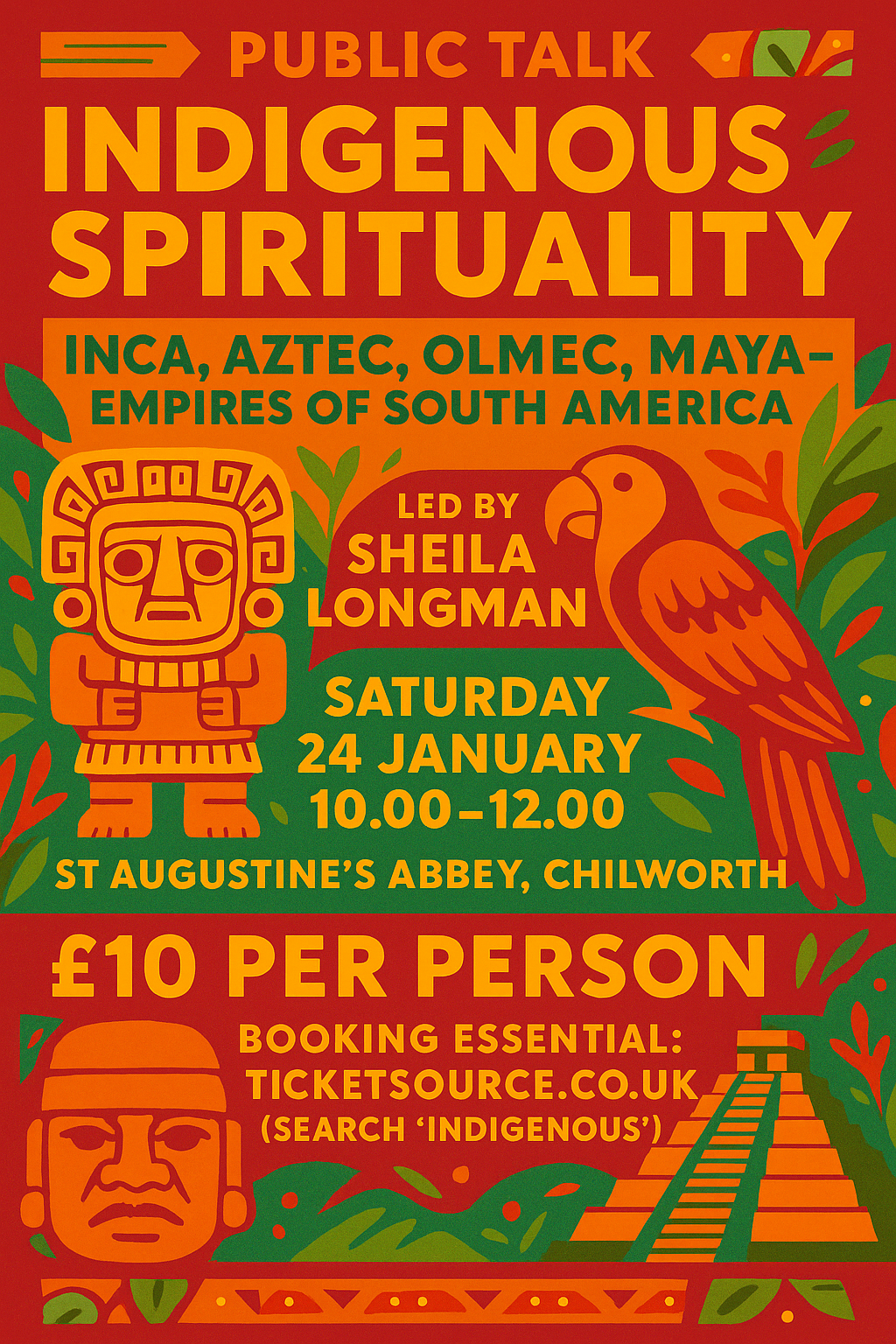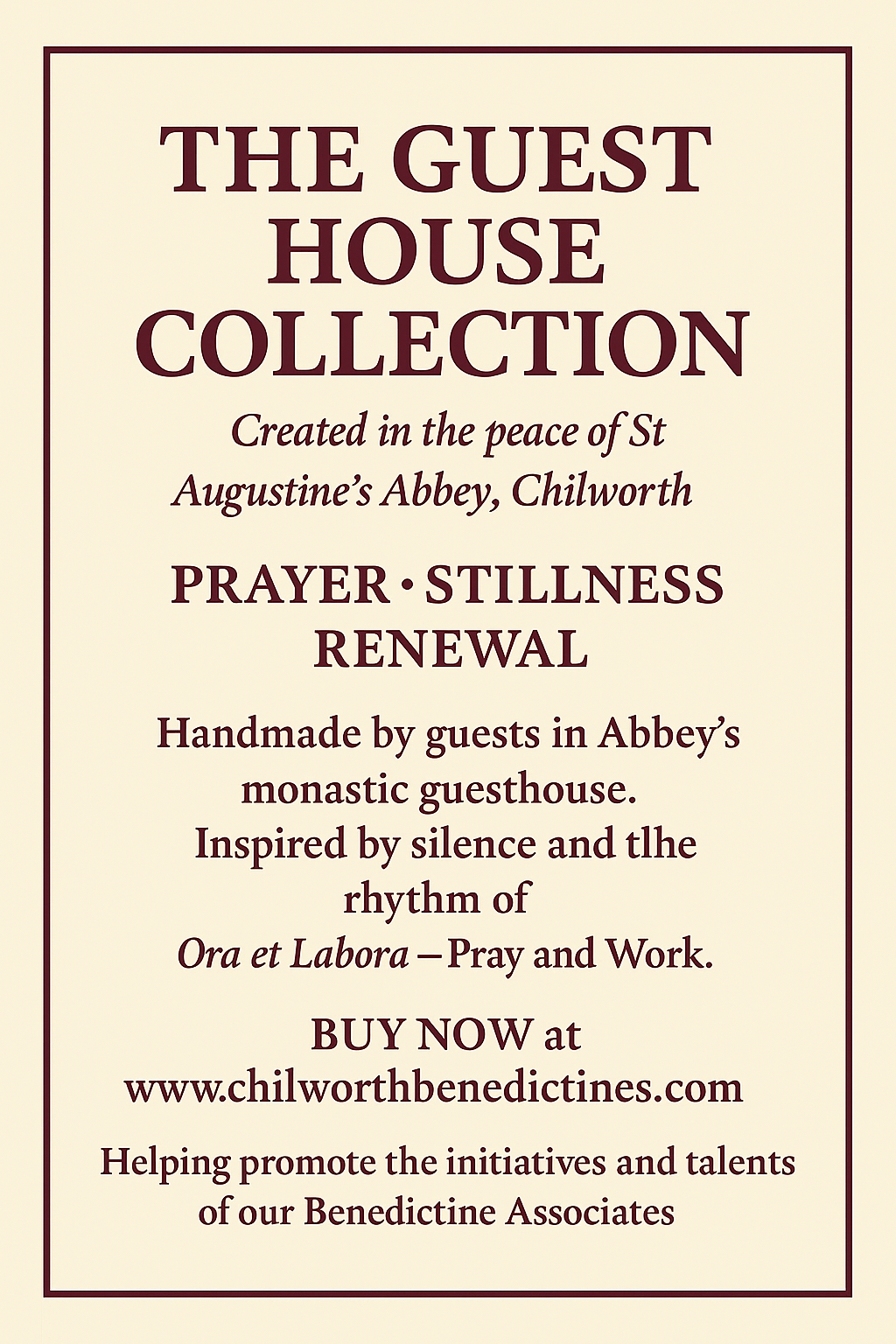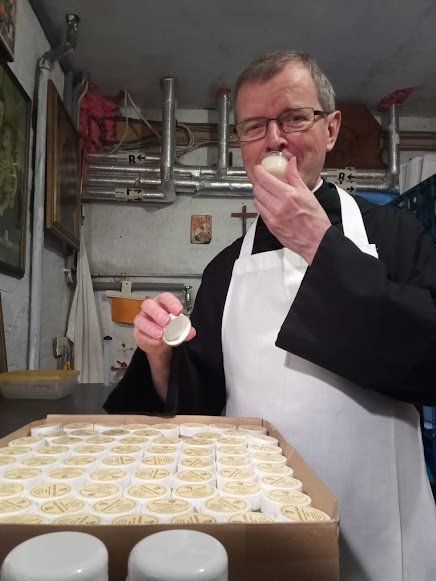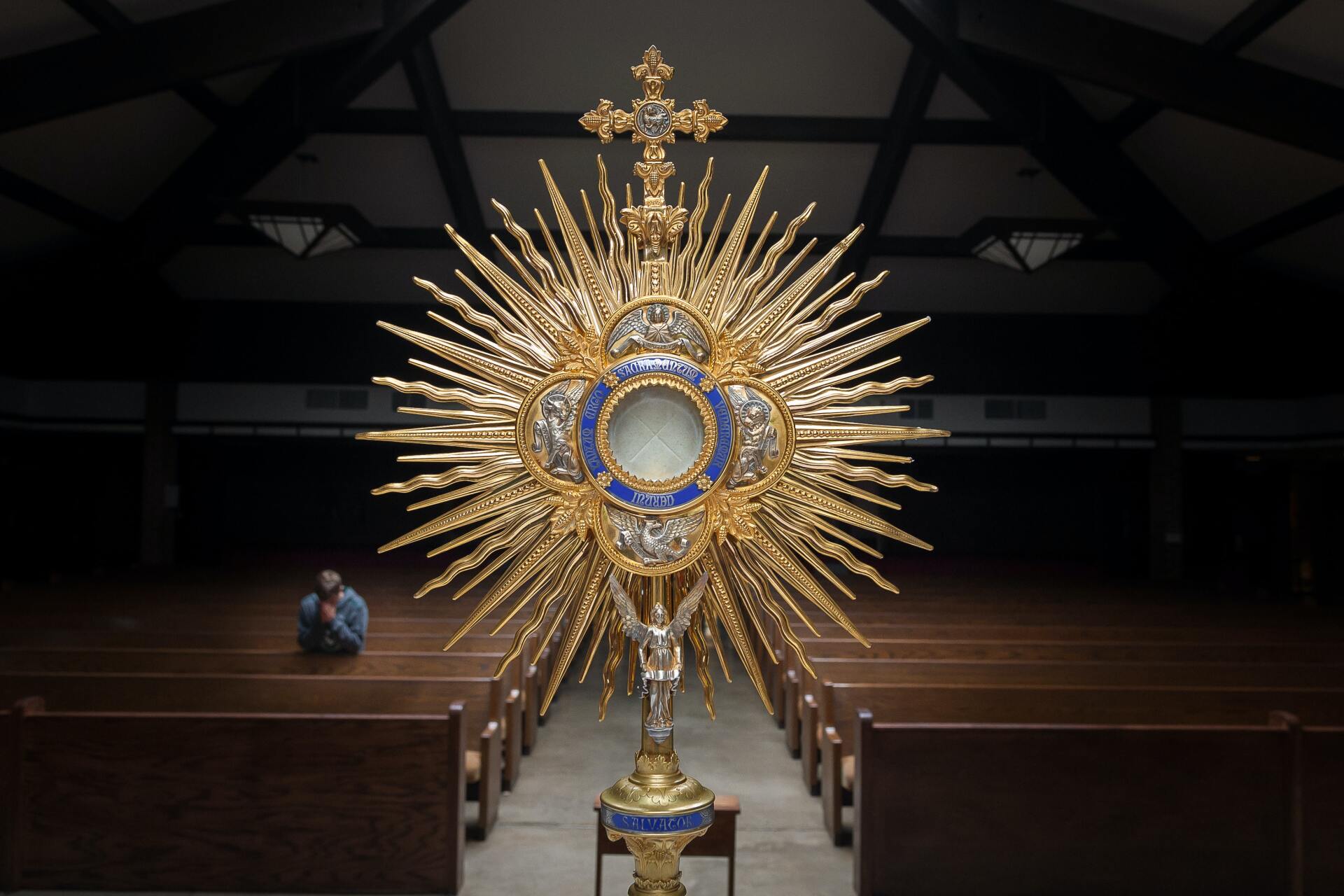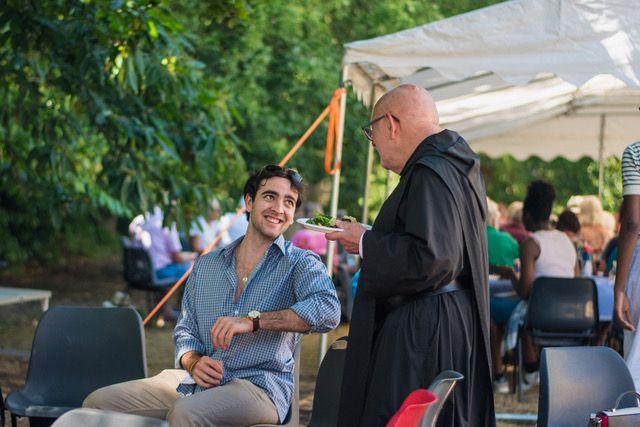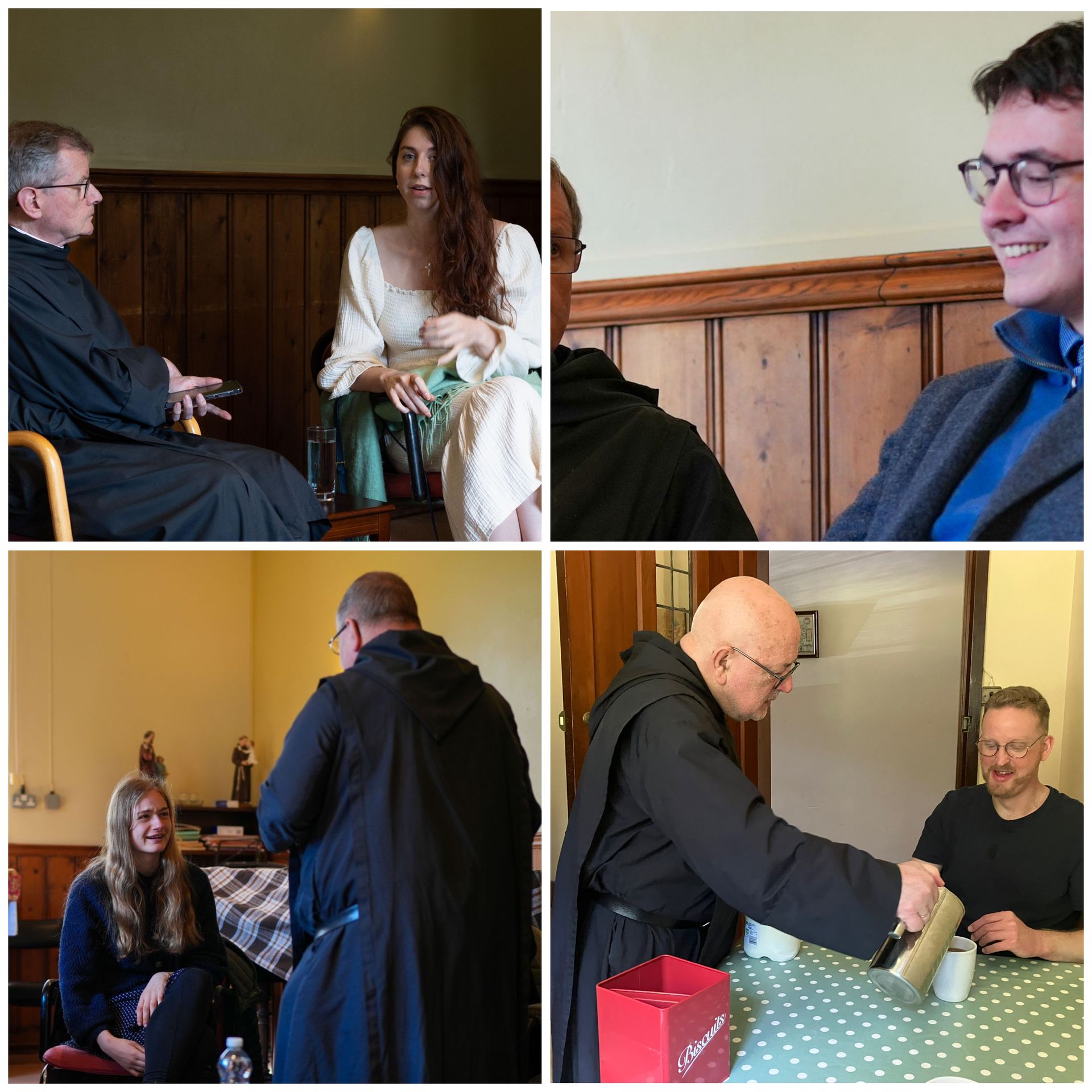Meet St Benedict: the Father of Western Monasticism
Don't forget that there are a number of active Benedictine monasteries to visit in the UK, Europe and the world
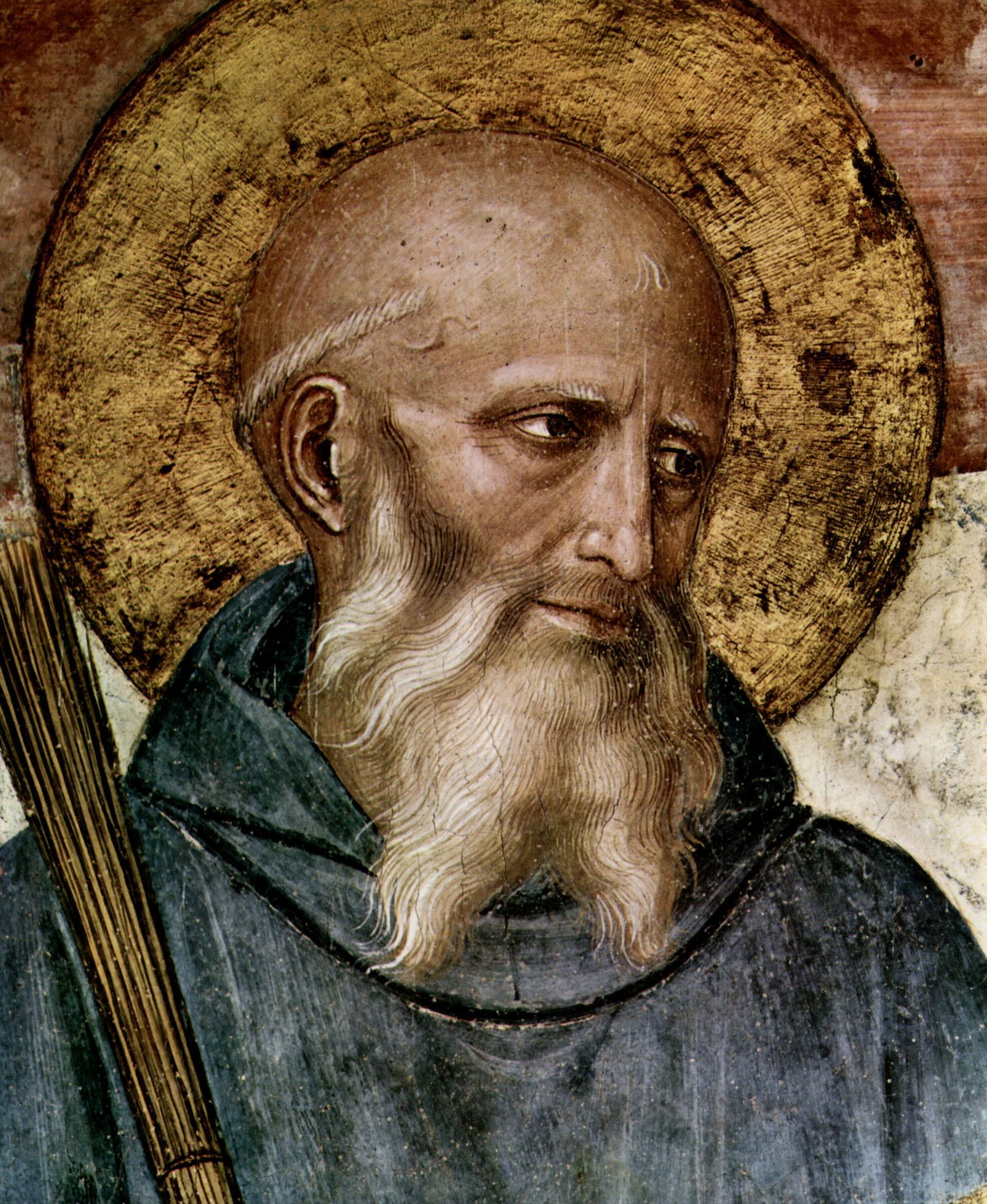
A Noble Beginning
St Benedict was born around 480 AD in Nursia, a small town in central Italy. He came from a noble Roman family and was sent to Rome to study in his youth. But what he saw there - moral decay, political corruption and spiritual emptiness - left him disillusioned. Sensing that God was calling him to something deeper, Benedict left behind wealth, status and ambition to search for silence, solitude and truth.
Subiaco: Silence, Solitude and Spiritual Power
Benedict retreated to the wilderness of Subiaco, about 40 miles east of Rome. There, in a hidden cave above a steep ravine, he lived for three years as a hermit, unknown to the world, sustained only by prayer and the occasional gift of food lowered to him by a monk named Romanus.
His spiritual depth soon attracted others. Disciples gathered, seeking his wisdom and leadership. But not everyone welcomed his firm commitment to discipline and holiness. One community that invited him to become their abbot later tried to poison him - but according to tradition, a raven flew in and took the poisoned bread away, saving Benedict’s life.
The First Monasteries and the Growth of a Vision
Benedict went on to establish twelve small monasteries in the Subiaco valley. In time, he left Subiaco and moved south to a mountain called Monte Cassino, where he founded a new monastery that would become the centre of his life’s work and the birthplace of a movement that would shape Christian Europe.
The Rule of St Benedict: A Radical Way to Live
At Monte Cassino, Benedict wrote what became his most enduring gift to the world: the Rule of St Benedict. Not a rigid legal code, but a deeply humane, spiritual, and practical guide to living in community under the love of Christ.
The Rule balances prayer, work and study, and stresses humility, obedience, hospitality, and mutual service. It recognises the weaknesses and dignity of each person, and has guided countless communities, monastic and lay, for over 1,500 years. You can read it here.
Death and Legacy
St Benedict died peacefully around 547 AD, standing in prayer before the altar, supported by his fellow monks. His twin sister, St Scholastica, a holy woman and foundress of women’s communities, had died shortly before him.
Benedict was soon venerated as a saint. In 1964, Pope St Paul VI named him Patron of Europe, recognising how Benedictine monasteries preserved faith, learning, culture and agriculture during the upheavals of the early Middle Ages.
St Benedict’s Life at Chilworth today
At St Augustine’s Abbey, Chilworth, we are part of the great Benedictine tradition. We follow the Rule of St Benedict, praying the Divine Office seven times a day, living in community, offering hospitality, and seeking God in all things.
Benedict’s ancient wisdom is as relevant today as ever for those hungry for meaning, peace, and a deeper relationship with God.
And don't forget that there are a number of active Benedictine monasteries to visit in the UK, Europe and the world.
Come and See
If you would like to learn more, come for a retreat, attend prayer or explore a possible vocation, we warmly invite you to visit us.
St Benedict’s way of life might be calling you too.
Image credit: Fra Angelico, Public domain, via Wikimedia Commons





